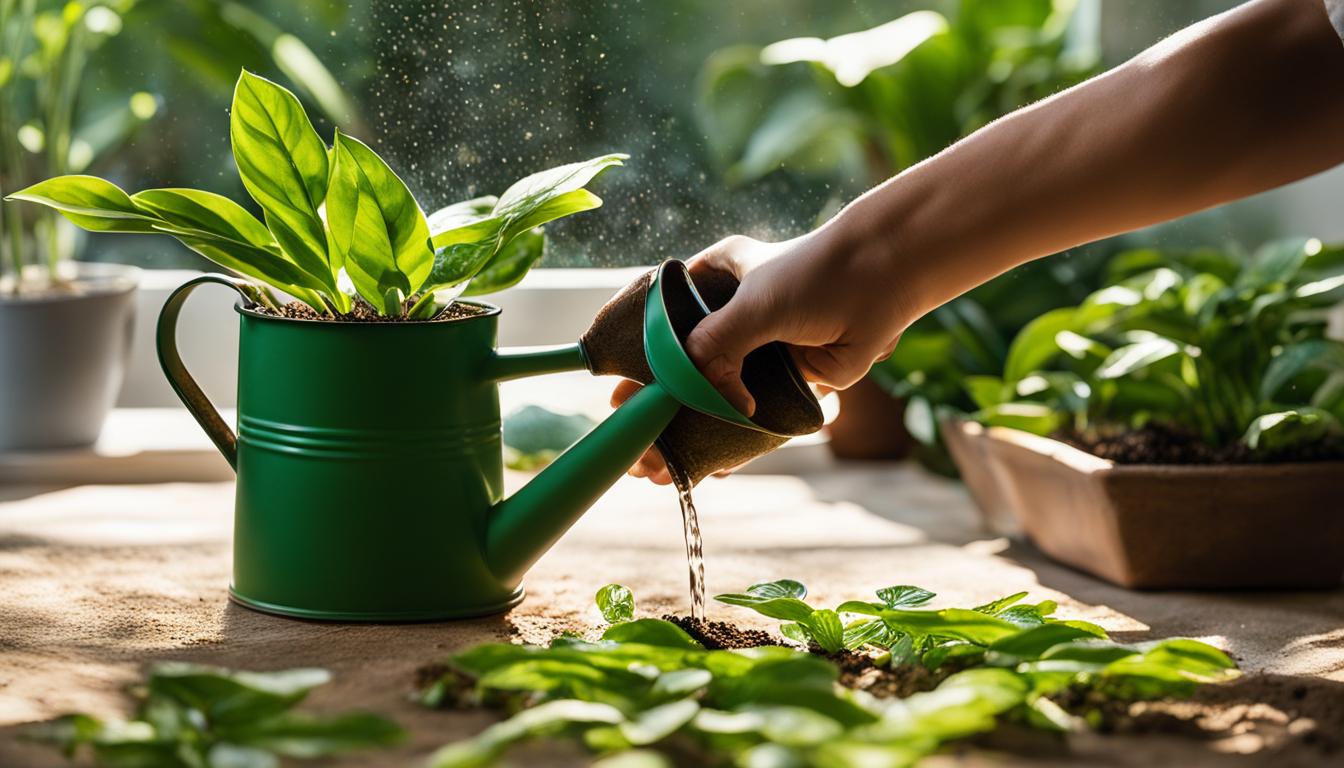
Welcome to my guide on growing the beautiful prayer plant, also known as Maranta leuconeura. If you’re a fan of indoor plants and looking for prayer plant care tips, you’ve come to the right place.
In this article, I’ll share everything you need to know about caring for this tropical houseplant and how to keep it thriving in your home.
The prayer plant is named for its unique leaf movement, which resembles praying hands. During the day, the leaves stay flat, and at night, they fold up in a beautiful display.
The tricolor variety of the prayer plant, with its deep green leaves adorned with yellow splotches and red veins, is particularly popular for its decorative appeal.
Native to Brazil, the prayer plant belongs to the Maranta genus and is part of the low-growing plant family. It reaches a maximum height of about a foot when grown indoors.
To ensure the health and growth of your prayer plant, it’s important to provide the right conditions and care.
In the following sections, I’ll guide you through the lighting and watering requirements, propagation tips, and common issues faced by prayer plants.
By the end of this article, you’ll be equipped with all the knowledge you need to grow and maintain a thriving prayer plant collection in your home. Let’s get started!
Lighting and Watering Requirements for Prayer Plants
Proper lighting and watering are crucial for the health and growth of prayer plants (Maranta leuconeura). These tropical houseplants thrive in indirect sunlight, making them perfect for indoor environments.
Placing your prayer plant near a window where it can receive bright but indirect light is ideal. Avoid exposing it to direct sunlight, as this can cause leaf scorching and browning.
Prayer plants are known for their tolerance of lower light areas, making them suitable for various rooms in your home.
They can thrive in normal household temperatures between 60 and 80 degrees Fahrenheit. But, it’s important to note that these plants prefer a moist environment and are not drought-tolerant.
When watering your prayer plant, it’s essential to strike a balance. Water it whenever the top layer of soil becomes dry, but be careful not to overwater or let the soil dry out completely.
Overwatering can lead to root rot, while underwatering can cause the plant to wither and die. To prevent fungal problems, avoid getting water directly on the leaves and use room temperature or slightly warm water for watering.
Lighting and Watering Requirements for Prayer Plants Summary:
- Place your prayer plant in a location with bright but indirect sunlight.
- Avoid exposing the plant to direct sunlight to prevent leaf scorching.
- Prayer plants are tolerant of lower light areas and normal household temperatures.
- Water the plant whenever the top layer of soil becomes dry, but avoid overwatering or letting the soil dry out completely.
- Use room temperature or slightly warm water for watering and avoid getting water directly on the leaves.
By providing the right lighting and watering conditions, you can ensure that your prayer plant thrives and adds beauty to your indoor space. In the next section, we will explore tips for propagating and general care of prayer plants.
Tips for Propagation and Care of Prayer Plants
Propagating prayer plants is a simple and effective way to expand your indoor plant collection. One of the easiest methods to propagate a prayer plant is through division during repotting.
Gently shake off the soil from the roots and separate the plant into smaller plants, ensuring each division has a good mass of roots and several stems. Pot these new divisions separately into shallow pots, using a well-draining potting mix.
Provide warm and moist conditions for the new divisions by covering them with plastic wrap or placing them in a small greenhouse until new growth emerges. Keep the soil consistently moist but avoid overwatering, as it can lead to root rot.
To ensure the healthy growth of your prayer plant, it’s important to provide a humid environment. Prayer plants originate from tropical regions and thrive in high humidity.
You can increase humidity by misting the leaves regularly or placing the plant on a tray of moist pebbles. Avoid misting the leaves too heavily, as excessive moisture can lead to fungal problems. Fertilize your prayer plant every two weeks during the growing season with a diluted water-soluble fertilizer.
This will provide the necessary nutrients for robust growth. However, be cautious not to over-fertilize, as it can damage the plant’s delicate root system.
Another aspect of prayer plant care is maintaining the appropriate lighting conditions. Prayer plants prefer indirect sunlight and should be positioned near a window where they can receive bright but indirect light.
Direct sunlight can cause the leaves to burn and develop brown spots. If your prayer plant is not receiving enough light, it may not display its characteristic leaf movement.
On the other hand, if the plant is exposed to intense sunlight, it may experience leaf discoloration. Finding the right balance of light is crucial for the optimal growth of your prayer plant.
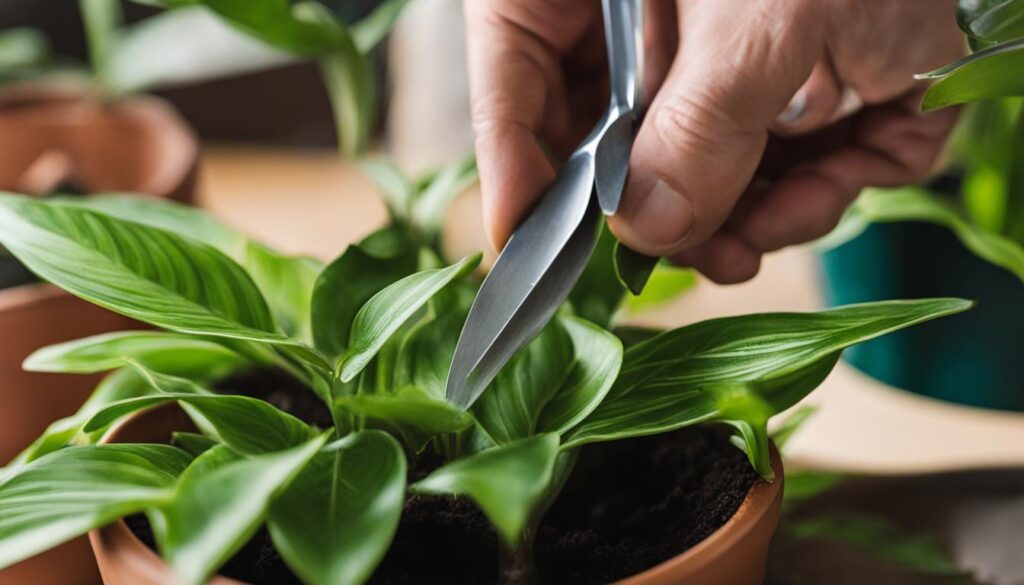
| Propagation Method | Care Tips |
|---|---|
| Division during repotting | – Gently separate the plant into smaller divisions with roots and stems. – Pot the divisions in shallow pots with well-draining soil. – Maintain warm and moist conditions until new growth emerges. |
| Increasing humidity | – Mist the leaves regularly to create a humid environment. – Place the plant on a tray of moist pebbles. – Avoid excessive misting to prevent fungal problems. |
| Lighting requirements | – Position the plant near a window with bright but indirect light. – Avoid exposing the plant to direct sunlight to prevent leaf burning. – Find the right balance of light for optimal growth. |
| Fertilization | – Use a water-soluble fertilizer every two weeks during the growing season. – Dilute the fertilizer according to the manufacturer’s instructions. – Be cautious not to over-fertilize, as it can damage the roots. |
By following these propagation and care tips, you can enjoy the beauty of prayer plants in your indoor space. With the right conditions and nurturing, your prayer plant will thrive and bring a touch of tropical elegance to your home.
Common Issues and Solutions for Prayer Plants
As beautiful as they are, prayer plants can encounter a few common issues that may affect their overall health and appearance. It’s important to be aware of these problems and know the solutions to keep your prayer plant thriving.
1. Curling Leaves and Brown Tips: If you notice your prayer plant’s leaves curling and developing brown tips, it’s a sign of low humidity. Increase the moisture around the plant by misting the leaves regularly or placing the plant on a tray of moist pebbles. This will help create a more humid environment and prevent further leaf damage.
2. Washed Out Coloring or Brown Blotches: Too much direct sunlight can cause the leaves of your prayer plant to have a washed-out appearance or develop brown blotches. Make sure to position your plant away from intense sunlight and provide it with indirect light instead. This will help maintain the vibrant colors of the leaves and prevent sunburn.
3. Yellowing Leaves and Rotting Stems: Overwatering can lead to yellowing leaves and rotting stems in prayer plants. Allow the top layer of soil to partially dry out before watering again and ensure proper drainage to prevent waterlogging. This will help maintain the plant’s health and prevent root rot.
4. Pest Infestation: Prayer plants are not immune to pests like spider mites and mealybugs. If you notice signs of infestation, treat your plant with a natural insecticide such as neem oil. This will help eliminate the pests and restore the health of your prayer plant.
Remember, prayer plants are pet-friendly and not toxic to cats or dogs. However, it’s still best to keep them out of reach of small children and pets to avoid accidental damage.
By addressing these common issues promptly and providing the necessary care, your prayer plant will continue to flourish as a beautiful addition to your indoor plant collection.
FAQ
How often should I water my prayer plant?
Water your prayer plant whenever the top layer of soil becomes dry. During the growing season, this may mean watering once or twice a week. Be careful not to overwater or let the soil dry out completely, as prayer plants are susceptible to drought.
Where should I place my prayer plant for optimal growth?
Prayer plants prefer indirect sunlight, so place them near a window where they can receive bright but indirect light. Avoid exposing them to direct sunlight, as it can scorch the leaves and cause browning.
How do I propagate a prayer plant?
The easiest way to propagate a prayer plant is by division during repotting. Gently separate the plant into smaller plants with a good mass of roots and several stems. Pot these new divisions separately into shallow pots and provide warm and moist conditions until new growth emerges.
What should I do if my prayer plant’s leaves are curling with brown tips?
Curling leaves with brown tips are often a sign of low humidity. Increase moisture around the plant by misting the leaves frequently or using a pebble tray to provide more humidity.
Can I fertilize my prayer plant?
Yes, it is recommended to fertilize your prayer plant every two weeks during the growing season with a diluted water-soluble fertilizer. However, be cautious not to over-fertilize, as it can damage the plant’s roots.
Are prayer plants toxic to pets?
No, prayer plants are not toxic to cats or dogs. However, it is still best to keep them out of reach of small children and pets.


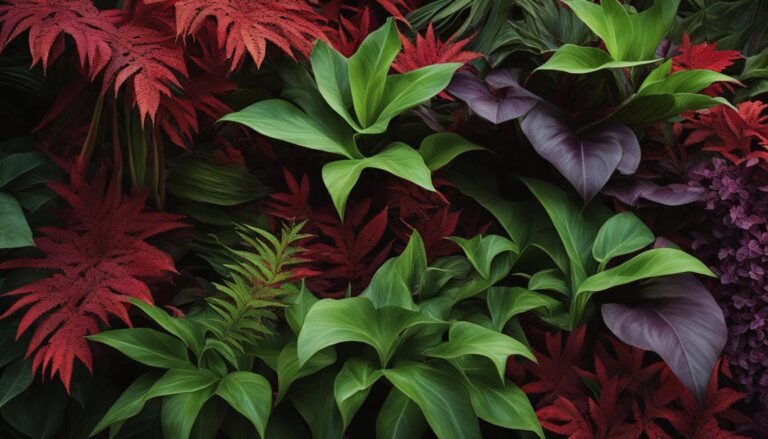


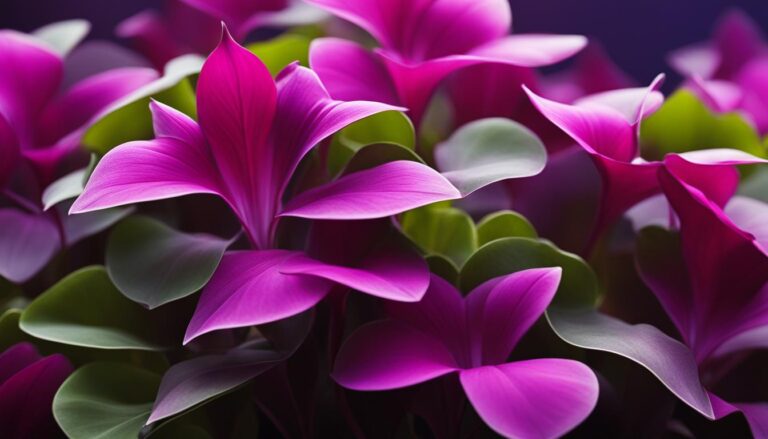
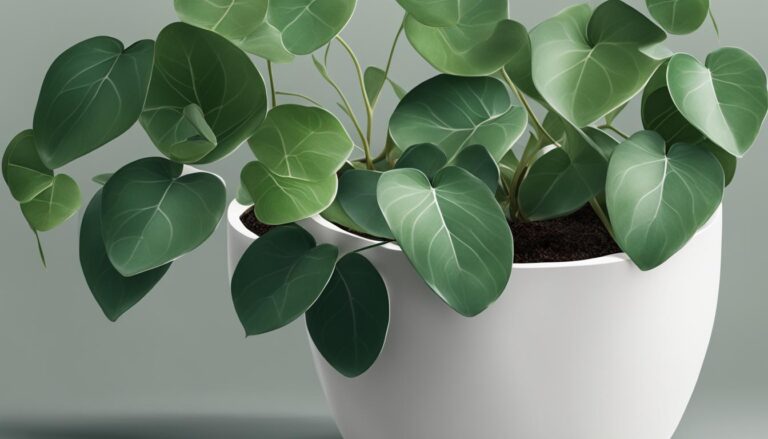
One Comment
Comments are closed.